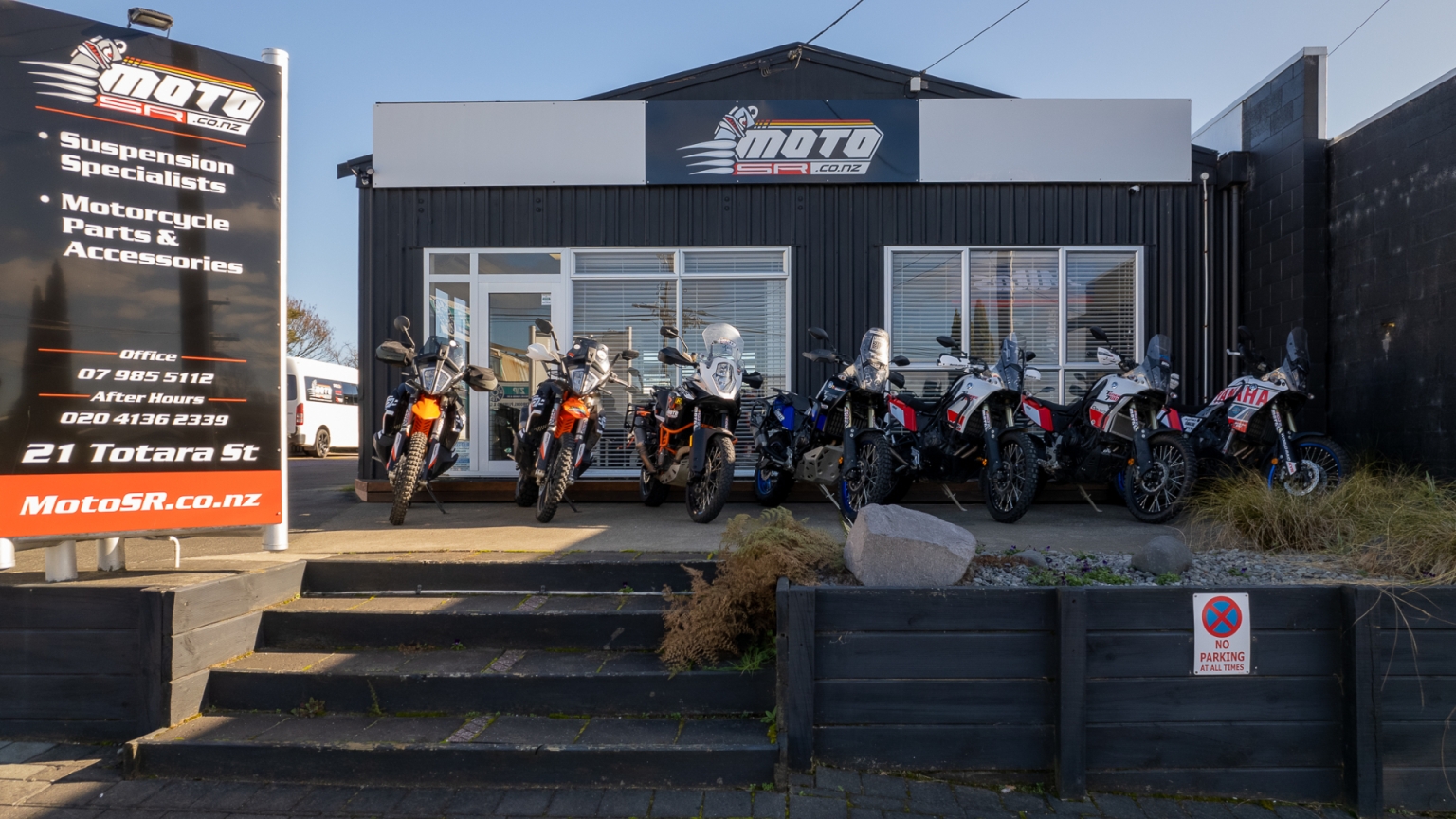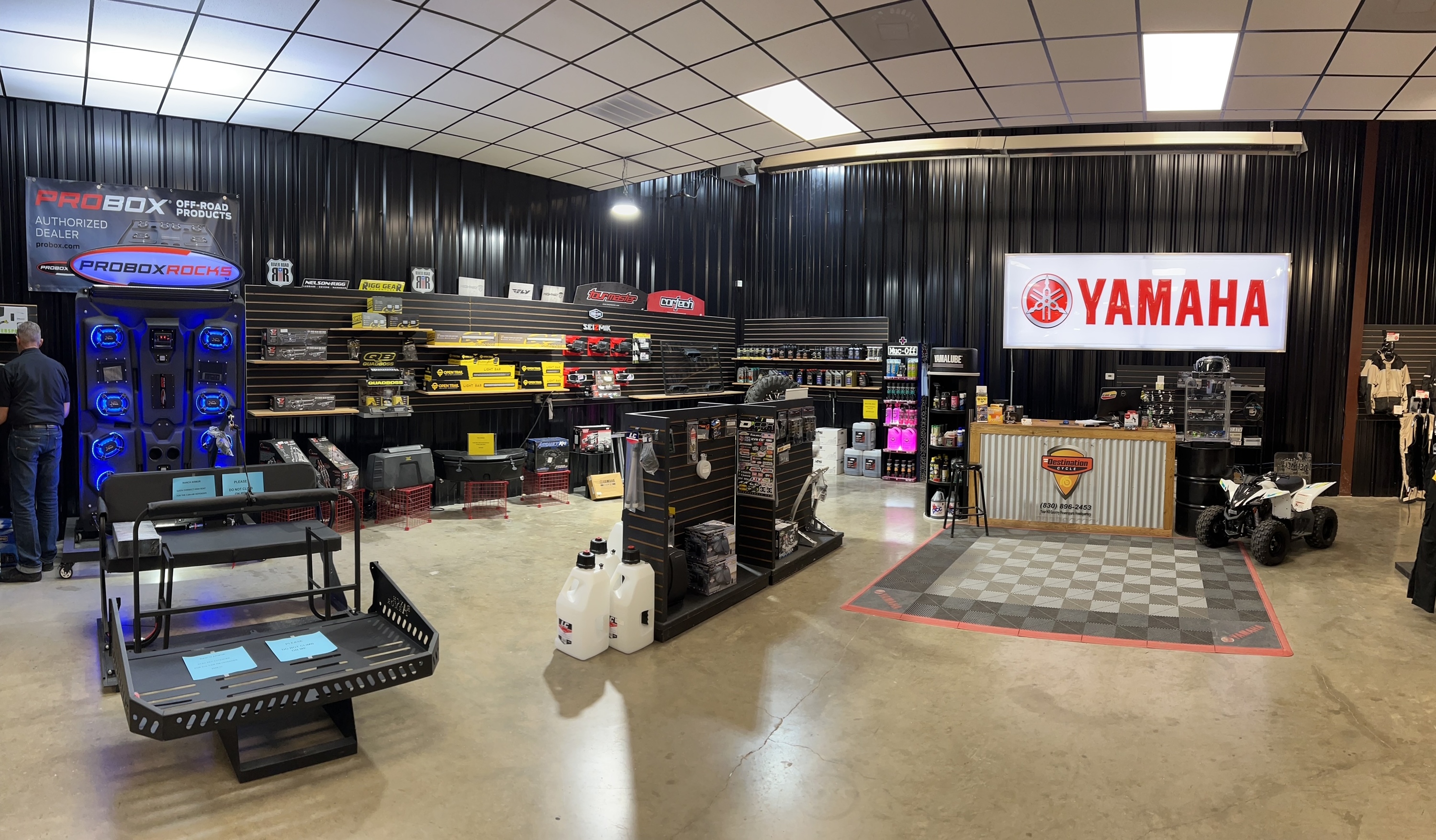Find Affordable Rates on Motocross Parts NZ for every single Bike
Find Affordable Rates on Motocross Parts NZ for every single Bike
Blog Article
Comprehending the Vital Parts of a Motorcycle: A Comprehensive Guide for Enthusiasts
For bike lovers looking to boost their riding experience and ensure their bikes run smoothly, understanding the vital elements of a bike is extremely important. Each component, from the engine's detailed workings to the essential role of the braking systems, not just influences performance yet likewise safety and security and comfort.
Engine Parts

The camshaft plays a critical function in regulating the timing of the engine's valves, ensuring the exact opening and closing necessary for reliable gas and air intake, as well as exhaust expulsion. This timing is vital to keeping optimal engine performance and effectiveness. Additionally, the carburetor or gas injection system, relying on the motorcycle design, is in charge of mixing air with fuel in the proper ratio for combustion.
The air conditioning system, either air or liquid-based, works to keep the engine's temperature within operational limitations, protecting against overheating and making sure long life - motocross gear nz. Each component, carefully designed and integrated, adds to the smooth procedure of the engine, specifying the bike's power result and overall performance
Transmission System
Integral to the motorbike's functionality, the transmission system guarantees effective power transfer from the engine to the wheels. This system makes up numerous crucial elements, including the clutch, gearbox, and final drive, each playing an important function in equating the engine's power into movement. The clutch, generally operated by a hand lever, serves to disengage the engine and involve from the transmission, permitting smooth equipment modifications and regulated acceleration.
The gearbox, commonly described as the transmission appropriate, consists of a set of equipments that motorcyclists can by hand change via to readjust the bike's speed and torque output. These equipments are organized in a sequence that makes it possible for the motorbike to speed up smoothly and keep optimum engine efficiency across various rates. A lot of motorbikes utilize a sequential transmission, needing the biker to shift equipments in a fixed order.
Braking Systems
While understanding the transmission system is key to harnessing a bike's power, similarly essential is the ability to regulate and stop that power effectively, which is where stopping systems come into play. Brakes are critical for safety and security and performance, giving the motorcyclist with the required control to browse different terrains and problems. Generally, motorcycles include two sorts of braking systems: disc brakes and drum brakes.
Disc brakes are more widespread in modern motorbikes due to their exceptional performance. This system uses better warm dissipation, regular performance, and improved quiting power, specifically in wet conditions.
Alternatively, drum brakes, though less common, are still discovered in some bikes. They work by pressing brake shoes versus the internal surface area of a drum connected to the wheel. While typically much less reliable in warmth dissipation and stopping power, drum brakes are simpler and a lot more affordable.
Recognizing these stopping systems' subtleties allows riders to maintain their motorbikes appropriately and appreciate the engineering that makes sure risk-free and reliable stopping.
Suspension and Steering
Suspension and steering systems are important parts that significantly influence a motorbike's handling and adventure convenience. The shock absorber, including forks at the front and shock absorbers at the rear, soaks up roadway abnormalities, boosting security and control. Front forks, normally telescopic or upside down, compress and rebound to minimize effects, while back shock absorbers preserve tire contact with the roadway, important for traction and security.
Steering, centered around the handlebars, attaches the cyclist to the bike's directional control. The steering head bearings make sure smooth operation, allowing precise ability to move. Appropriate positioning and maintenance of these bearings are crucial for foreseeable guiding reaction and reducing rider exhaustion.
The suspension's adjustability is one more crucial aspect; preload, damping, and rebound setups enable customization to fit various riding conditions and designs. This versatility is important for maximizing efficiency, whether navigating city streets or taking on tough trails. Technologies like electronic shock absorber use real-time adjustments, boosting experience quality throughout diverse terrains.

Electrical Solutions
After ensuring a smooth and controlled ride with efficient suspension and steering systems, focus turns to the electrical systems, a crucial aspect of modern-day bikes. These systems play an important role not only in beginning the engine but likewise in powering different components that enhance the performance and safety and security of Web Site the motorcycle.
At the heart of a motorbike's electric system is the battery, which stores electrical power essential for starting the engine and powering auxiliary systems - motorcycle shop. The alternator or generator, combined with the rectifier-regulator, makes sure the battery continues to be charged while Home Page the motorcycle is in operation, transforming mechanical power right into electrical energy and preserving voltage degrees
The ignition system, an additional critical component, is accountable for stiring up the air-fuel mixture in the engine's cylinders. Modern motorcycles typically make use of a digital ignition system, supplying greater effectiveness and dependability compared to standard systems.
Illumination systems, including fronts lights, tail lights, and indications, are additionally essential, ensuring presence and safety and security for the biker. Extra electronic components such as sensors, control units, and presents add to sophisticated features like fuel injection management, anti-lock braking systems (ABDOMINAL), and digital dashboards, even more improving the riding experience.
Conclusion
An extensive understanding of a bike's vital components, consisting of the engine, transmission system, stopping mechanisms, suspension, guiding, and electrical systems, is essential for fanatics aiming to maximize comfort, efficiency, and safety. Mastery of these aspects enables for educated decisions pertaining to maintenance and upgrades, eventually enhancing the riding experience. By integrating this expertise, motorcyclists can guarantee their motorbikes run at peak performance and dependability, consequently optimizing both pleasure and long life of their vehicles.
For motorbike fanatics looking to boost their riding experience and ensure their bikes run efficiently, comprehending the essential elements of a motorcycle is vital.Integral to the motorcycle's capability, the transmission system ensures reliable power transfer from the engine to the wheels.While recognizing the transmission system is vital to harnessing a motorcycle's power, similarly crucial is the capacity to regulate and stop that power efficiently, which is where braking systems come right into play. Typically, bikes include 2 kinds of braking systems: disc brakes and drum brakes.
A thorough comprehension of a bike's essential elements, including the engine, transmission system, Click Here stopping devices, suspension, steering, and electric systems, is vital for fanatics aiming to optimize comfort, performance, and security.
Report this page